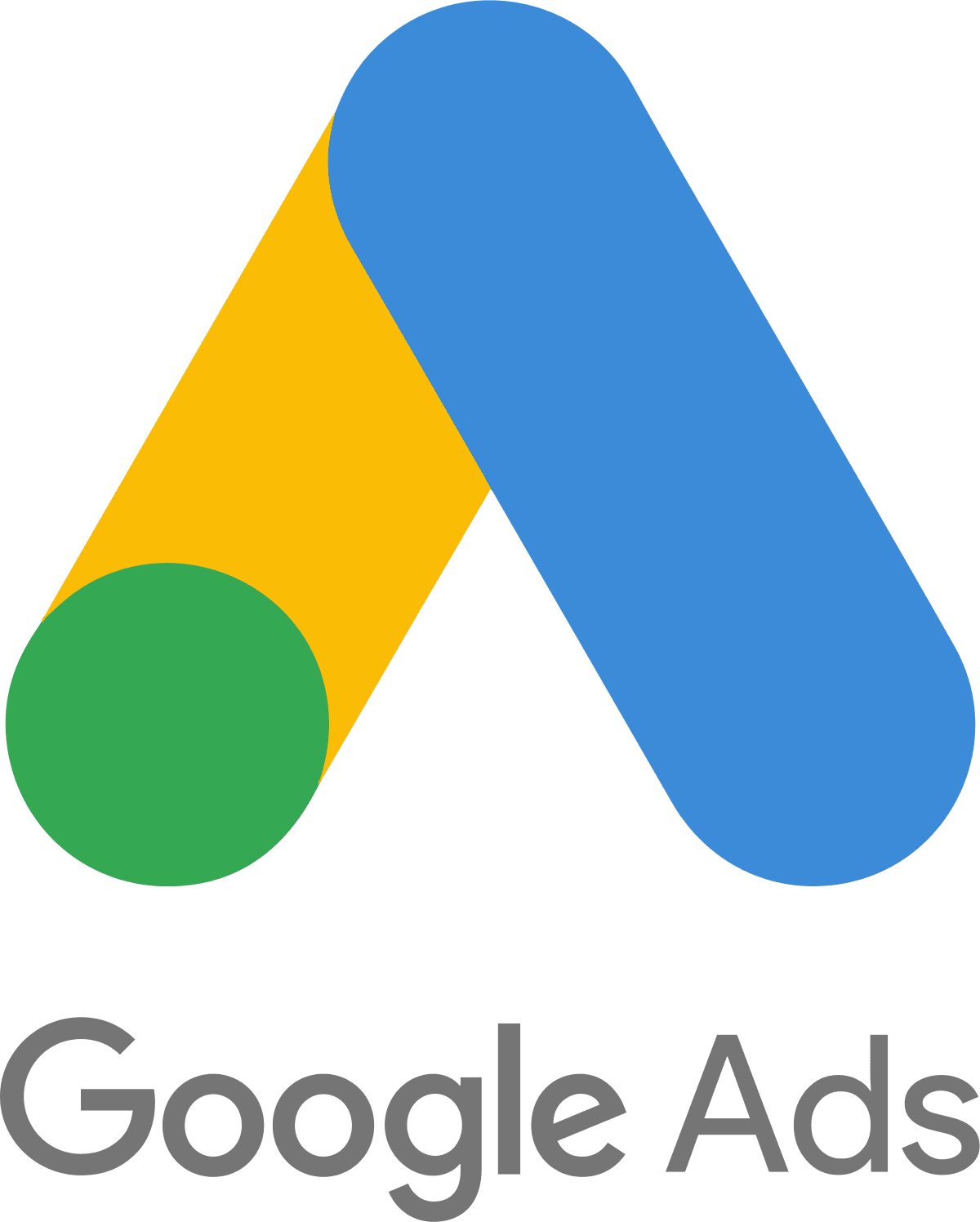You are probably already aware that Google make regular minor changes that affect the design of search result pages. This includes several small changes to the font and size of ads over the years. However, last week Google announced that they have made a major change to the design of mobile search results and ads. Google state that the design update aims to put “website’s branding front and center” so that web users “better understand where the information is coming from”. The new layout should also create a more streamlined design on search engine result pages. With this in mind, here’s everything you need to know about Google’s new update.
What are the changes?
Black ad sign
The green ads sign has been replaced with bold, black text. This may seem minor, however it could have a significant impact on search results as it helps ads to blend in with the rest of the search results and appear more like organic content.
Name of the site
With the new design, the site name and information appears next to the favicon in search results. Prior to the update, the name of the site appeared in smaller green text below the title and there were no logos or images present. This helps search users to understand where their information is coming from.
No grey line
Previously, ads stood out from the rest of the search results and were easily recognisable. For example, back in 2013 Google ads were displayed in a single block with a coloured background, clearly separate from other result types. More recently, ads and organic search results were differentiated by the presence a grey line, but Google has now removed this to give each result a more singular look.

Image from Twitter
Presence of a favicon
The new design layout takes a brand-first approach and the site’s favicon will now appear at the top of the search result. This means that the user will be able to instantly see where the information is coming from. This is an important feature as it will help you in building an online brand.
These changes mean that organic and paid results will appear more similar on search result pages. The new design also brings some branding to search results and allows users to get quick information on the businesses and sites included in their search results.
Do I have to have a favicon?
A favicon is essentially a small icon that can be associated with your site. Previously, they would only usually be seen in the address bar of a browser, or next to a bookmark for your site. However, with Google’s new update, having a favicon is more important as they will be displayed next to search results. Not having a favicon may affect how your business appears to consumers and have a negative effect on traffic to your site. Your favicon should act as a visual representation of your business and brand, and it needs to the correct size and format so that it can be supported. There are plenty of free tools available online that can convert a standard image into a favicon file. Check Google’s guidelines for more information.
Will the changes increase traffic?
The most notable benefit of Google’s new update is that it helps ads appear more like organic search results. This may help improve click through rates and traffic to paid search result pages. Although it may be too early to notice any impact yet, it is definitely worth monitoring your click through rates on both organic pages and paid results to check for any changes. Another benefit of the new design, is that it provides users with details on where their search results are coming from, so they can get instant information on your site and business. This will help build brand awareness and make your business more recognisable to people. Consumers are far more likely to buy from your business if they know and trust it. For that reason, the new update could help to improve organic traffic to your site, leading to more conversions and an increase in revenue.
Final thought
Overall, the changes have created a more streamlined design to search result pages. It is too early to say whether Google’s new update will improve traffic to paid search results. However, re-designing ads to appear more similar to organic search results, will certainly make it harder for consumers to differentiate between the two. It is important for all marketers and site owners to monitor the potential impact on traffic from Google mobile search, in response to the new updates.





